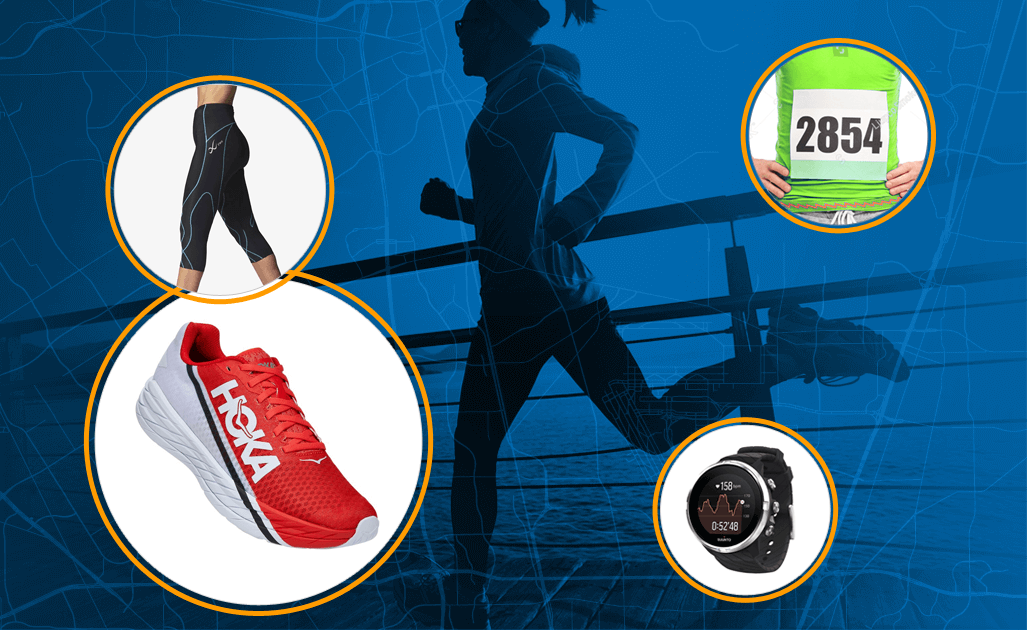Been thinking about chasing a Fastest Known Time record?
.
You know...run a designated trail, route or loop faster than anyone else, then document your efforts for the record books.
Which means there's a good chance you could set a Fastest Known Time record of your own.
.
How about making things a little more interesting, and chase a solo, unsupported FKT record?
.
WeeViews Ambassador and 13-time FKT record-holder, Brynn Cunningham shows you how it's done:
People person or loner?
.
Most of us are a mixture of both, with some leaning more toward one than the other.
.
As for myself, I love socializing and spending time with people as much as I love being by myself.
.
My need for an equal amount of independence and togetherness plays out in the sports I do:
It’s a verified speed record that can be done in several different styles.
.
Read more about FKTs and the various styles here..
In this article, we’ll talk about one of those styles: solo and unsupported.
.
Before you write FKTs off as something NOT for you, hear me out:
Inspired yet?
.
Slightly interested?
.
Curious as to how it all works?
.
Then read on for SIX tips to chase your own solo unsupported Fastest Known Time record...
Google the route and read everything you can about it...
.
From reviews to varying mileage and elevation charts.
.
Though you’ll be running, I like to read mountain biking and hiking sites, too. The more beta, the better.
.
Recommended sites:
If maps exists for the route you plan to run...
I can’t emphasize this enough, especially if doing a route solo without ever stepping foot on the trails prior to the attempt.
.
TIP: For paper maps, it’s a good idea to trace the route in permanent marker with directional arrows.
Scout and do recon of the route before running the FKT, if possible.
.
It may take so much coordination to merely get to the FKT site to run the FKT that a recon trip is out of the question.
.
Yet, even if you drive to intersections or the start/ finish area the night before...
.
It can alleviate possible stress mid-run, particularly on unmarked, overgrown, or otherwise tricky sections and intersections.
I ran the entire route with my all-female trail running group, the Trail Run Tribe, one week prior to establishing the first female FKT.
For Terrace Mountain and my first Quemahoning record...
For the North Fork Mountain Trail and Raccoon Creek...
The other FKTs I’ve set and established as new FKT routes...
If a record holder is listed on the FKT site on the route you’d like to attempt, contact them.
.
❌TIP: From experience, do not merely comment on the FKT page, because notifications are not set up. You will not receive an email saying someone commented on the FKT page, thus you will have to log in and keep checking for a response.
.
✅Do this instead:
👉On a similar note, it’s common courtesy to inform the previous record holder that you plan to break their record.
Take solo, unsupported FKT prep more seriously than race prep.
.
There’s a reason so many good quotes about preparation exist…
OK, got the point?
.
Aside from preparation being the key to meeting your time goals in an FKT, more important matters are at stake: your safety.
.
Going out alone into unknown territory is not to be taken lightly.
Keep in mind that my solo, unsupported FKTs have been:
You’ll need to do some research beyond the scope of this story, but here are some strongly suggested items:
In summary, preparation ensures that you are:
First, you prepared.
.
Then, you ran.
.
Now what?
.
It’s time to submit the FKT and get it verified.
Since you were the only one there, no one can remind you of things like:
Do yourself a favor and jot down the wonderful, good, bad, ugly.
.
Who knows, you might want to go out and better your own time one day, and a detailed report would come in handy.
On the same note, do your fellow runners a favor and write a trip report as if you were guiding your best friend or loved one through the run.
.
After all, a concise trip report describing the route clearly might just be the thing that propels someone to go after it in the first place.
Check out some of my trip reports...
.
While I haven’t written an extensive report for every FKT I’ve done, here are a few of the more detailed ones:
More on FKTs from WeeViews
Tell us more in the comments.

Marci McGuinness You, my dear, are an amazing individual.
Login to your account to leave a comment.
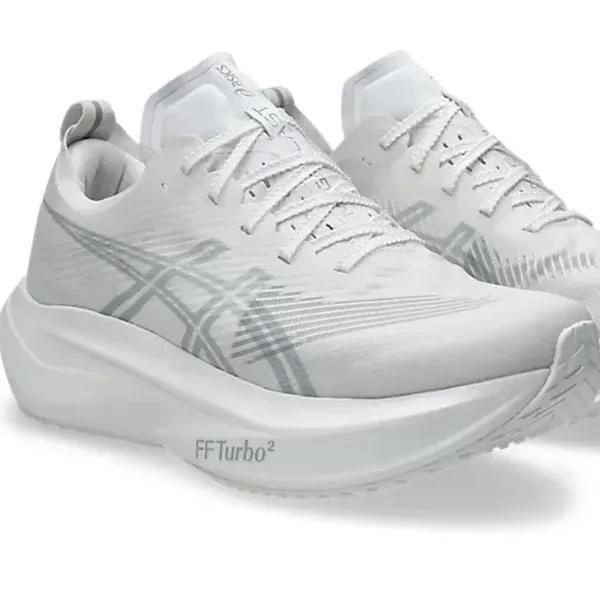
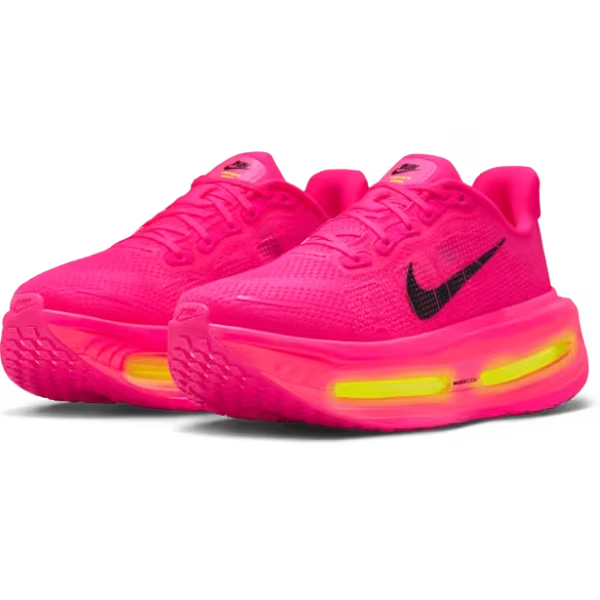
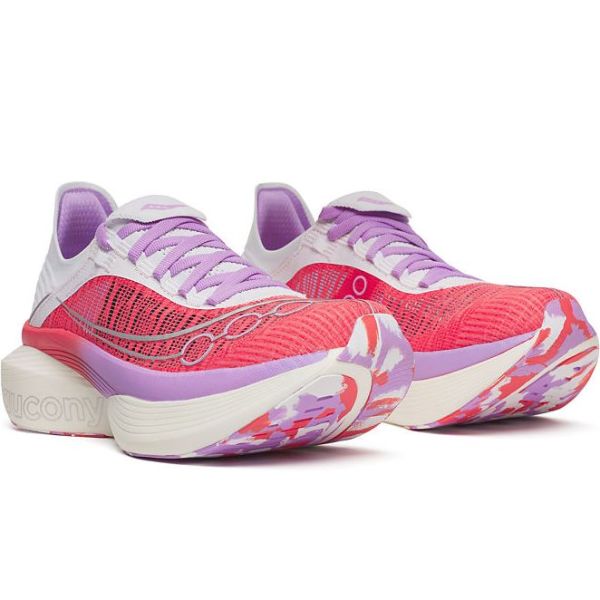
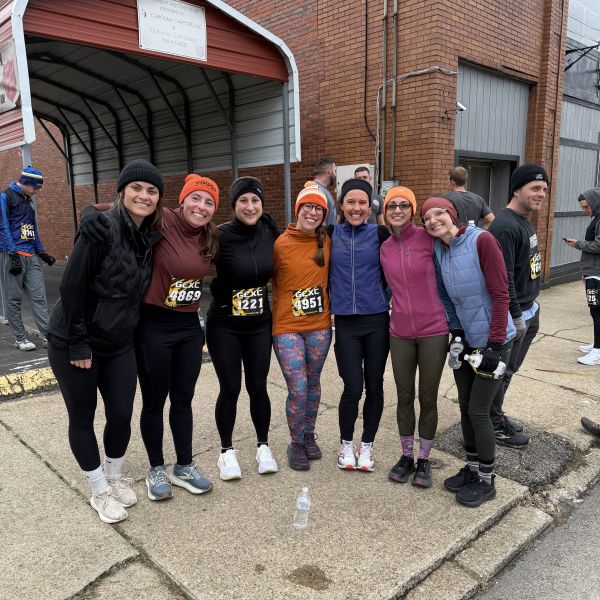
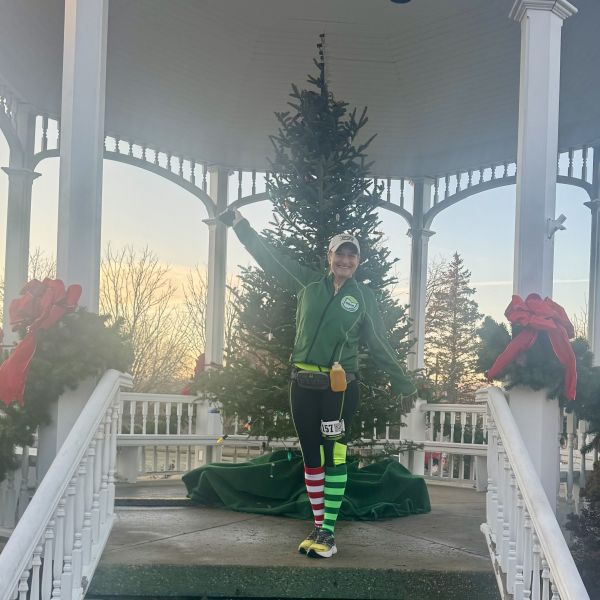
We Want to Give it to You!
